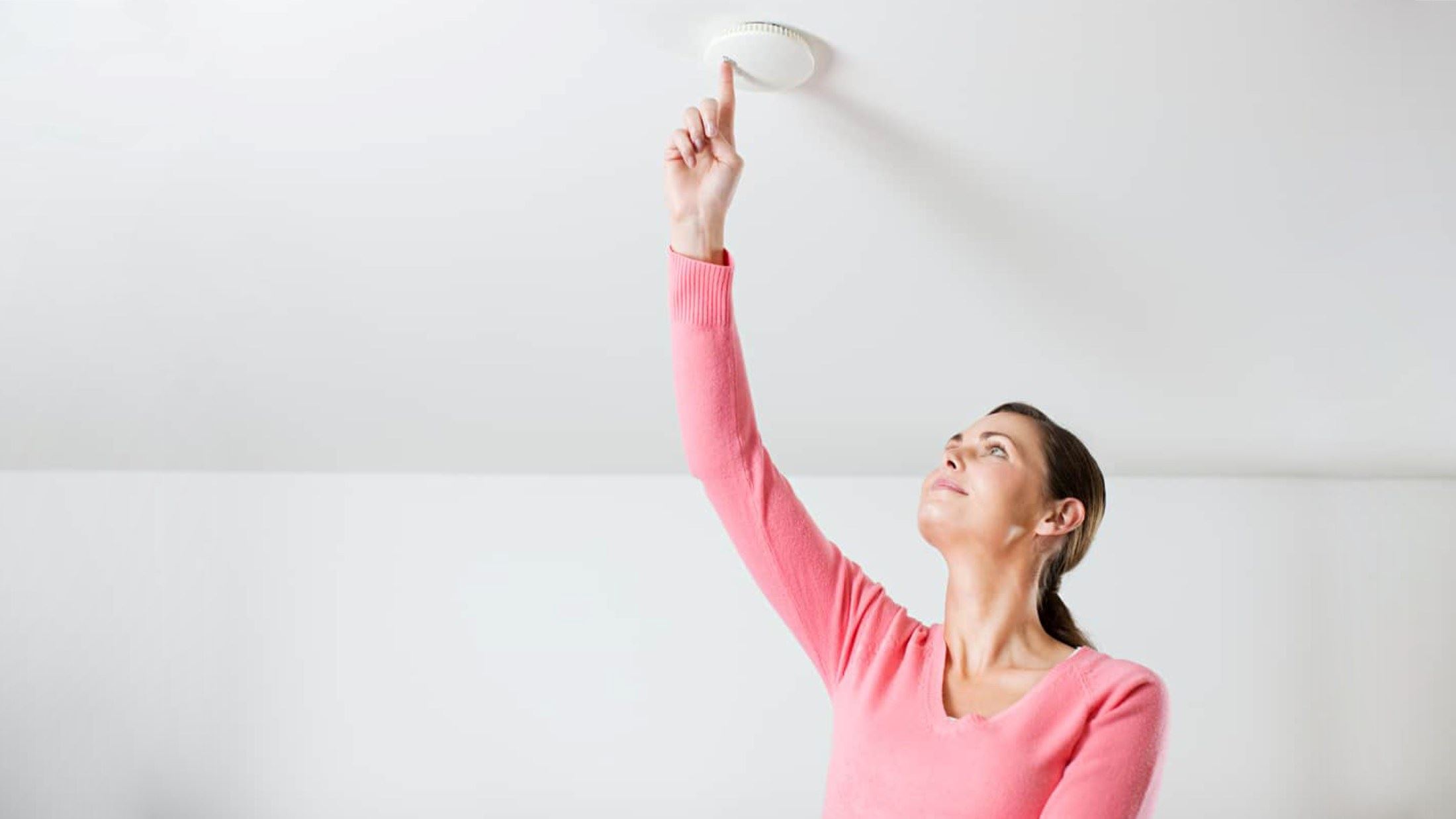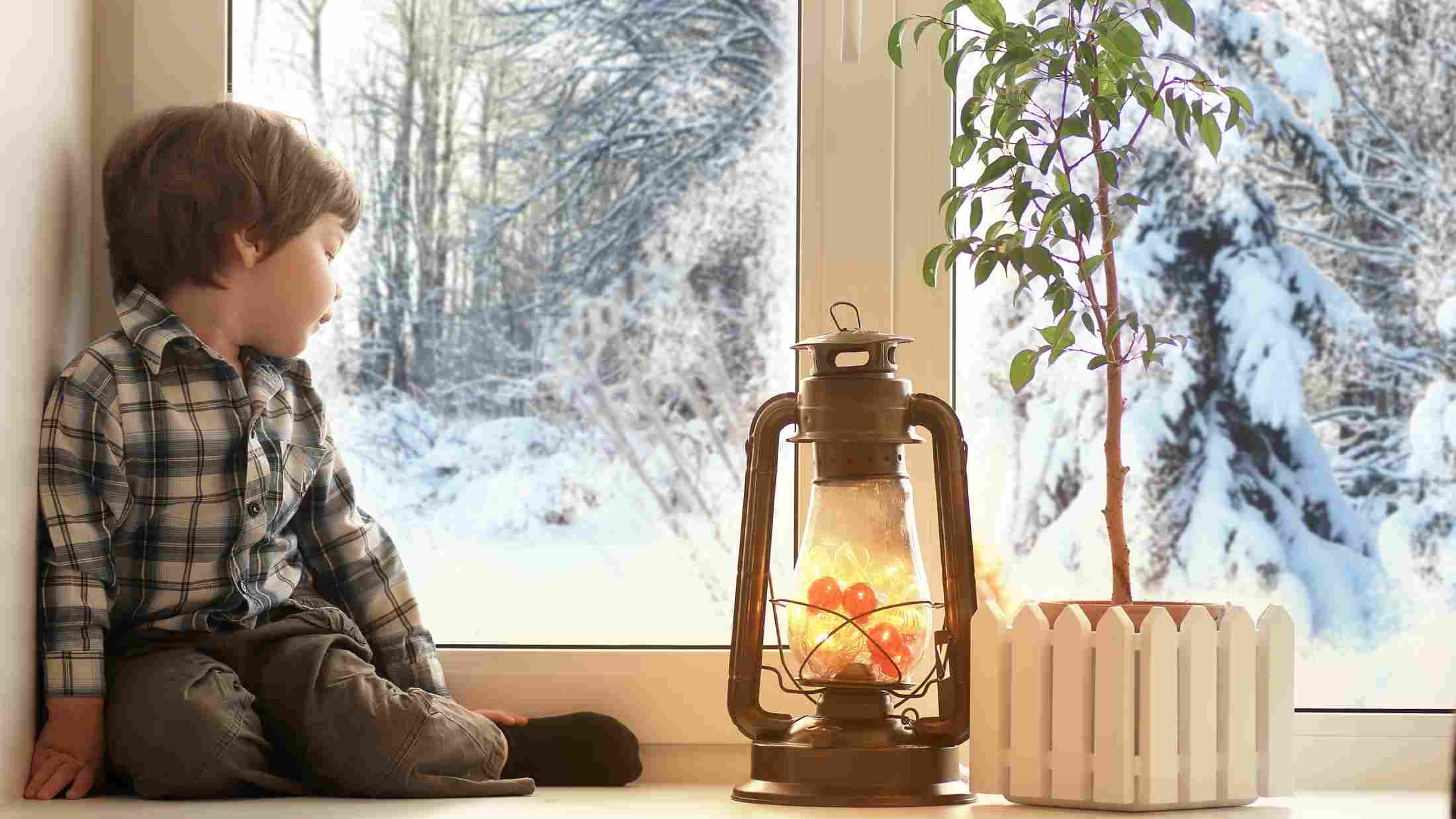Fire causes millions of pounds of damage every year in the UK. A working smoke alarm is one of the best ways to keep your home safe.
In 2025 (Jan-Jun), fire rescue services attended 28% more fires than the year before1. Fire doesn’t just ruin your home – the risk of smoke inhalation, which is often less apparent but just as dangerous, can cause serious harm to your family and their health.
According to government information, you’re 12 times more likely to die in a fire if you don’t have any working smoke alarms in your home2. Despite the risks, some (7%) homes in England don’t have a working smoke alarm3.
In this guide we look at the most common causes of household fires, types of smoke alarm, and the best places to put them.
The main causes of house fires
Before looking at which kind of smoke alarm is best for your home, let’s take a look at the common causes of household fires, and how to prevent them.
- Faulty appliances
Cooking appliances are a lead cause of ignition in over half of the home fires in the UK. So, it’s very important to have an alarm in the kitchen. Check your small appliances like toasters and kettles regularly.
- Smoking materials
According to government data from 2023, cigarettes, e-cigarettes and matches started 8% of fires, but made up 35% of all deaths in accidental home fires4. These types of fire often start in the lounge or bedroom. They can be slow smouldering fires that produce deadly smoke.
Choosing the right smoke alarm
Not all alarms do the same job, so it’s best to pick the right one for each room.
- Ionisation alarms
These are the least expensive alarms, that detect tiny smoke particles and are good at catching fast fires, like when paper or wood catch fire quickly. But they can go off easily if you burn toast. They’re best in the loft, dining room, or lounge for protection against accidental fires caused by candles, Christmas lights, Christmas trees or matches. - Optical or photoelectric alarms
These cost a bit more. They use a light beam and go off when smoke blocks the light. They’re better at sensing slow, smoky fires, like from cigarettes or electrical wiring. Place these alarms in hallways, bedrooms, and living rooms. Installing alarms is especially important in your children’s and elderly family member’s bedrooms, as they may be less likely to wake up when a fire alarm goes off. - Heat sensors
These are different as they don’t detect smoke. Instead, they sense a quick rise in temperature. They’re great in kitchens, where fat fires can start rapidly. They’re also good for rooms with open fires or nearby barbecues.
You can get alarms that combine these types – ionisation, photoelectric, and heat – in one. These are good if you live in a smaller home or want extra protection in key areas.
Once you’ve chosen which to go for, it’s wise to have an alarm in every room – except the bathroom, as steam could set it off – or at least one on each floor. Place alarms in the centre of the room, at least 30cm from walls or lights.
Extras and keeping alarms working
Beyond just sounding an alarm, some models have extra features.
Mains-powered alarms are reliable because they don’t need batteries, but a qualified electrician must install them. It’s also smart to add a backup battery in case of power cuts.
Some alarms have a ‘hush button’ to silence them if they go off by mistake, especially in the kitchen. Visual signals or vibrating bracelets can help deaf or hard of hearing people. Some smoke alarms also detect carbon monoxide, a dangerous gas from heating systems.
To stay safe, test your alarms regularly – at least once a month. And check and replace batteries as needed.
Be alert to where you store your electrical appliances, chargers, and batteries and make sure they’re kept away from heat sources like radiators. Don’t forget to keep matches, candles, and flammable materials safely, out of children’s reach.
1Fire and rescue incident statistics, year ending June 2025 - GOV.UK
3Chapter 4: Dwelling condition - GOV.UK
4Detailed analysis of fires attended by fire and rescue services, England, April 2022 to March 2023 - GOV.UK












